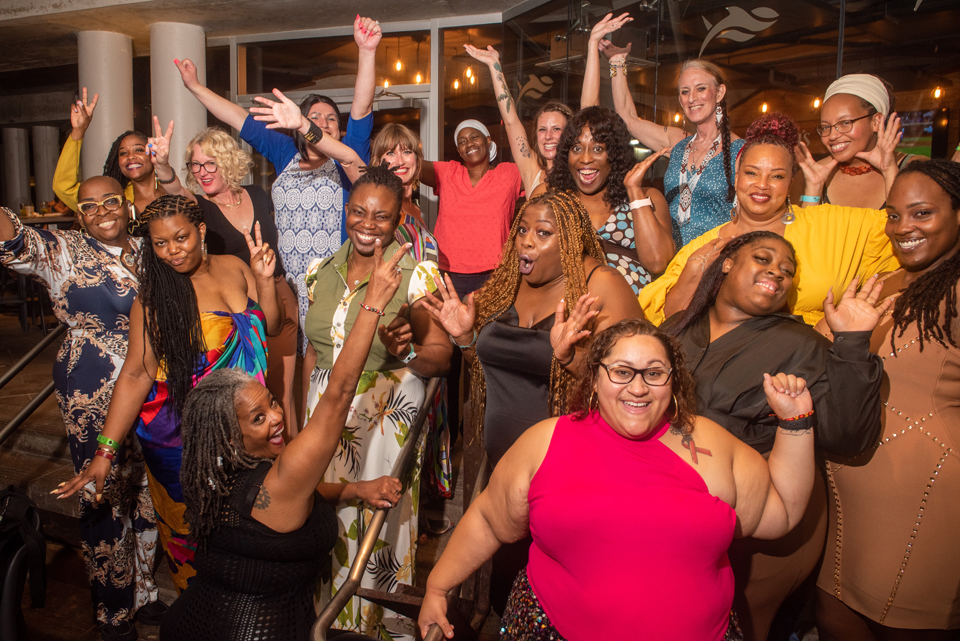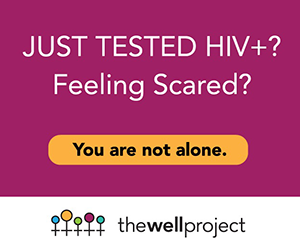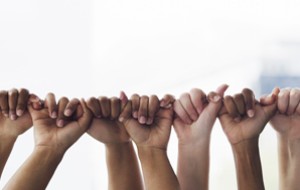By Bridgette Picou, LVN, ACLPN
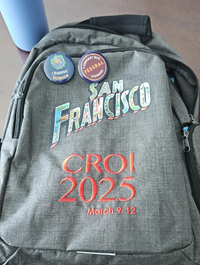
The 2025 Conference on Retroviruses and Opportunistic Infections (CROI 2025) took place from March 9 – 12 in the Golden State of California, in beautiful San Francisco, bringing together experts, researchers, and advocates dedicated to advancing the science and understanding of HIV. As a California girl who travels out of state often, it was great to be close to home. The atmosphere at the conference was a blend of excitement and concern – excitement at being in a space filled with innovative research and collaboration, but overshadowed by mounting budget cuts and grant cancellations in research funding from the new US administration.
For those whose work focuses on people of transgender experience, it was and is a devastating reality: their work has been directly and immediately targeted, and largely defunded, under the administration's bigoted and unscientific policies on gender identity. People who might have been, and did in fact plan to be in attendance at CROI on behalf of different sectors of the federal government were not allowed to attend, which was truly shameful. I am always glad to be in a space of community with those either living with, or working to effect change in HIV, but I definitely felt the energy shift this year.
Passion at the Opening Plenary
As always, even with these losses, CROI was packed with a range of presentations, posters, and plenary sessions aimed at educating and fostering discussions about HIV. Among the notable speakers was activist Rebecca Denison, founder of WORLD (Women Organized to Respond to Life-threatening Diseases), in Oakland. She gave the Martin Delaney Presentation, which recognizes the important work of community advocacy and engagement in research, and her talk – "40+ Years of HIV: What's Changed, What Hasn't, What Shouldn't, What Must" – was electrifying. Electrifying is not a word I would typically assign to a talk at a science conference, but it was just that. Clearly, I was not the only one who thought so, as the organizers broke normal protocol and released her talk to the public early, rather than waiting the usual 30 days to do so.
What I loved is that Denison said all the quiet parts out loud. What I mean by that is she openly discussed the harm involved in cutting funding to HIV research, pointing out the potential for lives to be disrupted again through reversals in HIV advancements and progress, and also calling out the current administration in a no-holds-barred way. Her heartfelt connections across gender, sexuality, community, and science had the room leaning forward to hear more – and some in the room even in tears. It was a powerful thing to witness. Sharing lived experience through storytelling is critical to understanding where we came from and how to move forward.
Spotlight on Menopause in Women Living with HIV
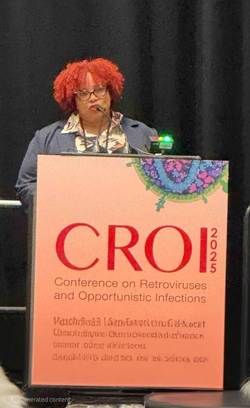
I was proud to play a small role in shedding light on an often-overlooked topic: menopause and HIV. I was a speaker in a "Hot Topic" talk on this subject, along with Eileen Scully, MD, and Sara Looby, FNP. Scully presented on virology and menopause, including information on inflammation and perimenopausal changes in the plasma and at the cellular level. Looby offered insight on the clinical management of women and HIV, including when hormonal therapy could or should be a consideration. The Well Project's partner organization TheBody/TheBodyPro also covered this session: Addressing Menopause in Women Living With HIV: Update from CROI 2025
The inclusion of menopause in a formal oral session represents progress in acknowledging and addressing the unique challenges faced by women aging with HIV. It underscores the need for continued advocacy and research to fill the gaps in understanding how HIV intersects with different stages of life, and its inclusion as an oral session at CROI is a critical step forward in ensuring inclusiveness toward women's health concerns within the broader HIV discourse.
Read and view more on this topic on The Well Project's Women Like Us – Aging Positively program page
Two More Cases of HIV Cure
In an additional moment of note at this year's conference, researchers announced two additional cases of individuals potentially cured of HIV after receiving stem cell transplants. These individuals, known as the "Chicago Patient" and the "Oslo Patient" (people cured of HIV are often identified by the city, country, or hospital where they received their stem cell treatment and procedure, rather than by name), bring the total number of people potentially cured of HIV after similar procedures to eight. I must always be diligent and grounding when talking about these kinds of cures and emphasize the fact that stem cell (HIV) cures are not scalable or replicable within the broader HIV community. They give hope for cure, proving cure is possible to some extent, but given their complex nature, they cannot be relied upon as an avenue toward a solution for people holding to the thought of being cured.
The Chicago patient is unique in that he experienced a period of viral rebound – his viral load briefly increased after being undetectable for a period of time off his antiretroviral medications. He was without medication for a year, the rebound occurred, he was put back on treatment, then stopped again. He has been off any HIV medication for 10 months now and is remaining virus free. This not only highlights one of the challenges in “cure” but also underscores the importance of language when discussing HIV and medical cure of HIV. This is why they are often described as potentially cured until being off medication for a sustained amount of time. This 2024 article from aidsmap - Cases of HIV Cure – gives an easily understandable explanation of many of the cases over the years. It does not include these two new cases, but it is an easy read and good reference point to the different aspects and factors that are involved in considering a person “cured of HIV.”
Read The Well Project's fact sheet on HIV Cure-Related Research Strategies
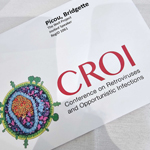
CROI remains a vital platform for collaboration and education, reinforcing the collective commitment to advancing HIV science and improving the lives of those affected. While they may create uncertainty or even evoke feelings of fear, challenges, changes, and cancellation of funding cannot truly suppress the brilliance and determination of the scientists, researchers, and community members that are striving toward improving the lives of those living with HIV and ultimately, hopefully, its eventual cure. The discussions and findings presented at this year's conference will undoubtedly shape future research and policy efforts in the field.


